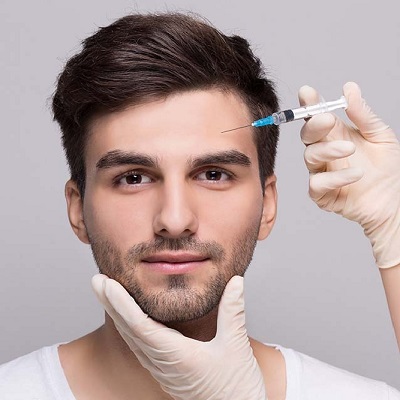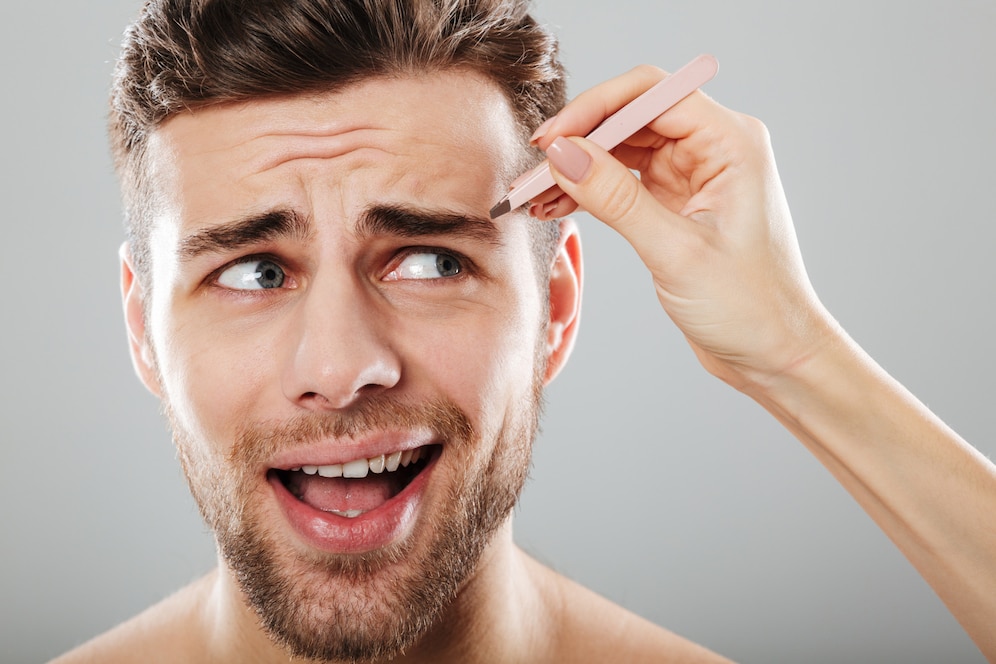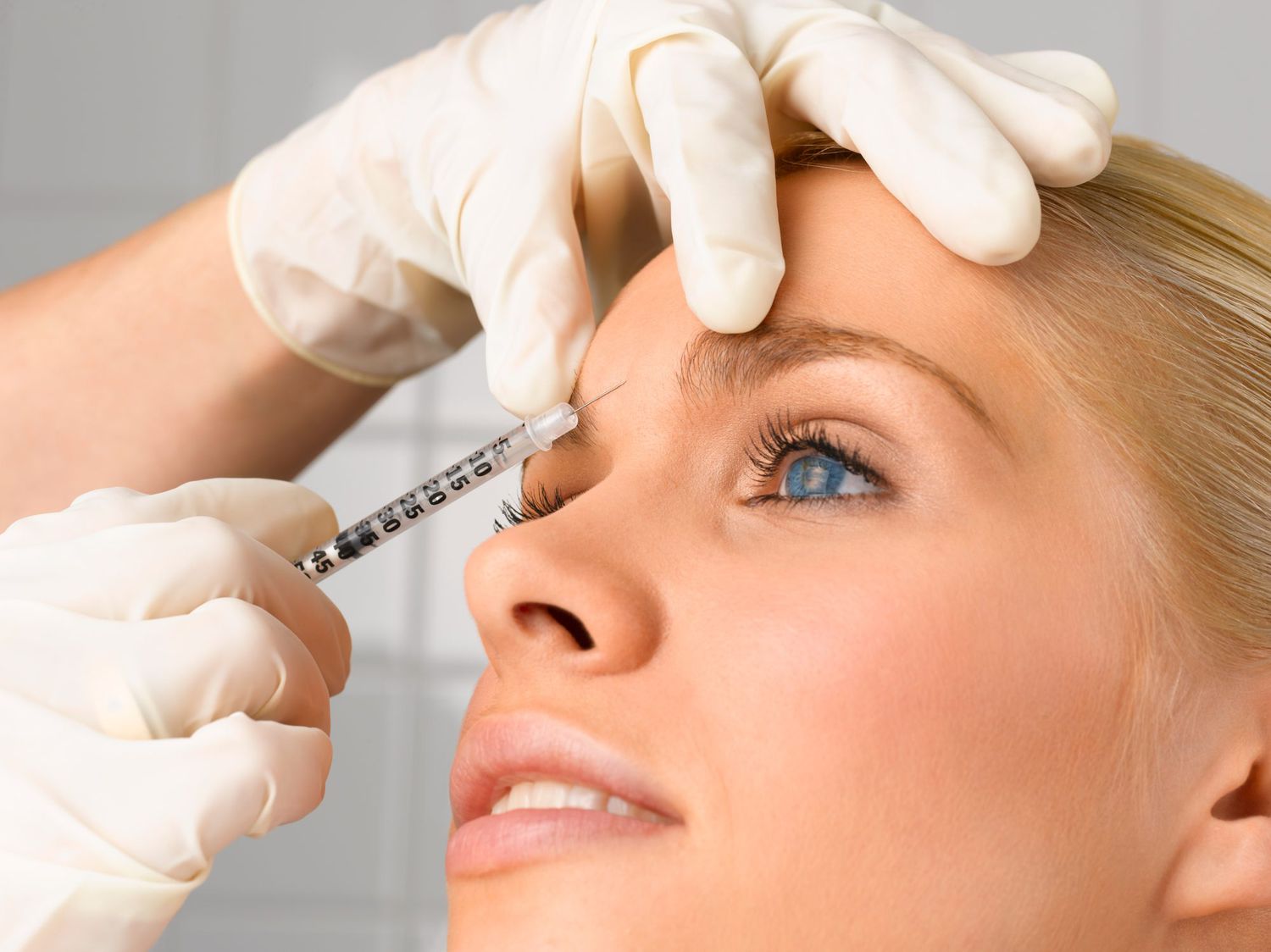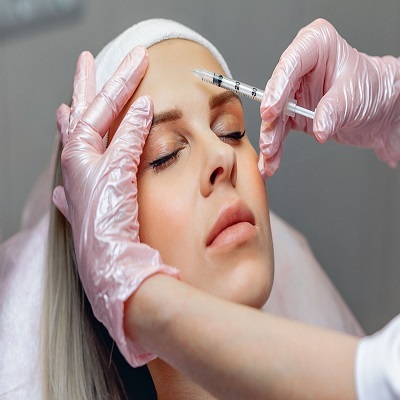What happens if Botox hits a nerve?
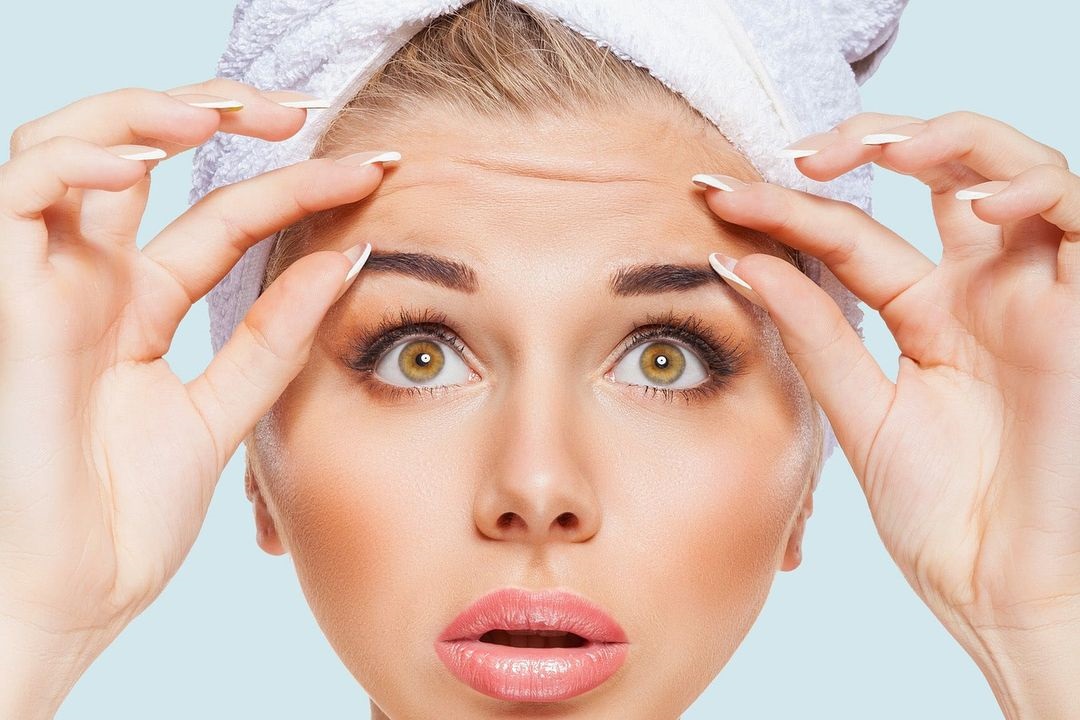
Strong 8k brings an ultra-HD IPTV experience to your living room and your pocket.
Botox is widely known for its ability to smooth out wrinkles and fine lines, offering a youthful appearance without the need for surgery. It's a quick, minimally invasive procedure that thousands undergo every day. However, like any medical treatment, it carries potential risks—especially if not administered properly. One of the less common but concerning complications is what happens if Botox hits a nerve. While generally rare, understanding this possibility is crucial for anyone considering a Botox injection in Islamabad.
✍️ If you’re deciding between fillers and Botox treatments, our comparison article explains the differences, benefits, and longevity of each, ensuring you choose the right solution for your anti-aging and aesthetic goals.
Understanding How Botox Works
To grasp the implications of Botox affecting a nerve, it’s essential to understand how the treatment works. Botox, short for botulinum toxin, temporarily blocks nerve signals to specific muscles, reducing their activity. This reduction in muscle movement smooths out dynamic wrinkles—those caused by facial expressions like smiling or frowning. It’s typically injected into targeted facial muscles using a fine needle, and when done correctly, it only affects those muscles intended for treatment.
What Could Go Wrong During a Botox Procedure?
In rare instances, Botox may be injected too close to a nerve or in an area with high nerve density. This mishap may cause unintended effects. While Botox doesn’t typically "hit" a nerve in the dramatic sense of physical damage, it can spread or diffuse to nearby nerves, temporarily affecting their function. This scenario is more likely to occur if the injector lacks experience or proper anatomical knowledge.
Possible Symptoms if a Nerve is Affected
When Botox affects a nearby nerve, the symptoms vary depending on the area treated and the nerve involved. One common occurrence is temporary muscle weakness in unintended areas. For instance, if injected near the eyes, it may cause drooping of the eyelid—a condition known as ptosis. Similarly, Botox used around the mouth might affect the muscles responsible for smiling, leading to asymmetry. While these side effects are usually temporary, they can be quite distressing and affect a person's self-esteem and daily life.
Nerve-Related Side Effects by Facial Area
Around the Eyes and Forehead
Botox injected near the eyes or forehead can sometimes migrate to nearby nerves controlling eyelid function. This migration may result in a droopy eyelid or uneven eyebrows. These effects, although temporary, can last from two weeks to a few months depending on individual metabolism and dosage.
Around the Mouth
When Botox is used to treat lines around the mouth or enhance lip shape, there's a risk of affecting nerves that help control lip movement. This can result in difficulty pronouncing certain words, drinking through a straw, or smiling evenly.
Neck and Lower Face
Botox used in the platysma bands of the neck or jawline may impact swallowing muscles if it diffuses too deeply. This complication is rare but more serious, as it can interfere with basic functions like eating and speaking comfortably.
How Long Do These Effects Last?
The good news is that Botox-induced nerve issues are typically temporary. Most unintended effects resolve within 3–4 months as the neurotoxin gradually wears off. In some cases, effects might start improving within a few weeks. However, for those experiencing significant discomfort or facial asymmetry, this waiting period can be frustrating.
Steps to Reduce the Risk of Nerve Complications
To avoid these complications, the expertise of the practitioner is crucial. A skilled injector understands facial anatomy in detail and uses precise techniques to administer Botox in the correct locations and depths. Always ensure you’re receiving treatment from a licensed professional who has experience with facial aesthetics.
Choose a Reputable Clinic
Getting treated at a reputable clinic significantly reduces the chances of complications. Clinics with certified dermatologists or cosmetic surgeons are more likely to follow safety protocols, use high-quality products, and adhere to proper injection techniques. It’s always better to invest in quality treatment rather than risk side effects from cheaper, less experienced providers.
What to Do If You Experience Symptoms
If you notice unusual symptoms after a Botox injection—like facial drooping, difficulty speaking or swallowing, or persistent pain—consult your practitioner immediately. Most side effects can be managed or monitored until they resolve. In rare cases, medication may be prescribed to counter the effects or promote faster healing.
When to Seek Emergency Care
Though extremely rare, some symptoms may indicate an allergic reaction or severe nerve involvement. Difficulty breathing, chest pain, or vision changes require immediate medical attention. Again, these severe responses are not typical when Botox is administered correctly but should not be ignored.
Final Thoughts
While Botox remains one of the safest non-surgical cosmetic procedures, it’s not without risks. Hitting or affecting a nerve is uncommon but possible, especially if performed by an unqualified individual. Ensuring your treatment is conducted by a skilled and experienced injector can drastically minimize these risks and enhance your overall experience. For those considering Botox, seeking services from a reliable clinic such as Royal Cosmetic Surgery PK ensures you’re in the hands of professionals who prioritize your safety and results.
Note: IndiBlogHub features both user-submitted and editorial content. We do not verify third-party contributions. Read our Disclaimer and Privacy Policyfor details.



